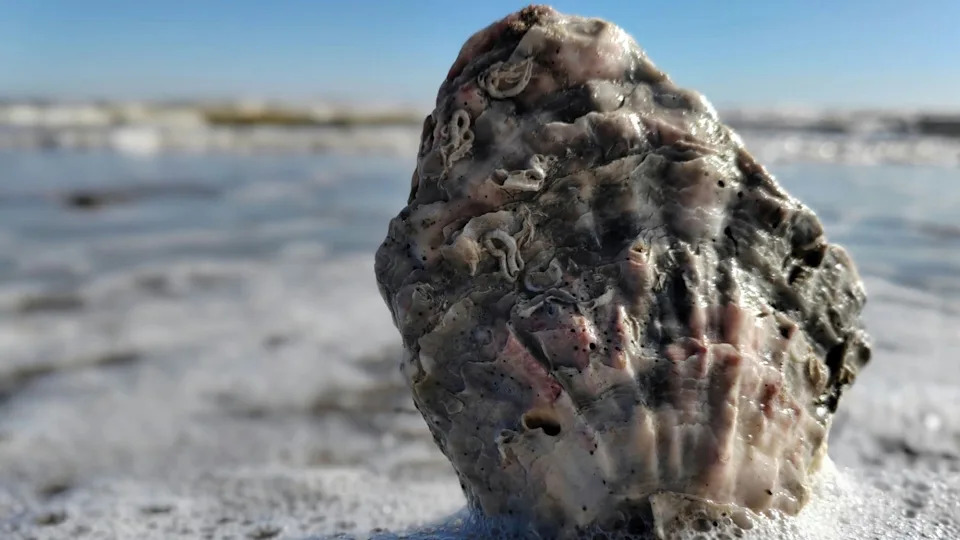Farmed oysters in the Mediterranean Sea contain troubling numbers of microplastics, with specimens from industrialized coastal regions showing double the contamination of those from less developed areas, reported npj Emerging Contaminants.
What’s happening?
Scientists examined flat oysters cultivated in two Mediterranean locations: the Adriatic and Tyrrhenian seas. All specimens tested contained microplastics, with Tyrrhenian specimens averaging 1.55 particles per gram and Adriatic oysters averaging 0.84 particles per gram.
The contamination patterns reflected local industrial activity. Oysters near the Tyrrhenian coast, where the Garigliano River flows through zones with extensive factories, contained more spherical plastics typically associated with manufacturing. Meanwhile, Adriatic oysters from waters fed by the rural Neretva River showed higher fiber content from farm drainage and clothing wash water.
Most troubling was the size of plastic fragments found. About 80% measured under 500 micrometers, with 50 to 150 micrometers most common. This size perfectly matches the plankton these filtering animals naturally consume, meaning oysters cannot distinguish between food and plastic fragments.
Why are microplastics in oysters troubling?
Oysters process 25 liters of water each hour, making them particularly vulnerable to plastic buildup. As they strain water for nutrients, they inadvertently trap synthetic fragments that match their natural diet size.
This contamination threatens human health, as oysters are often eaten uncooked as a delicacy across Europe. Standard purification processes that remove bacteria take only 48 hours, but research shows oysters need 96 hours to expel 90% of ingested plastics. Food safety rules today don’t account for microplastic contamination, meaning consumers unknowingly ingest these fragments.
The Mediterranean’s partially enclosed shape worsens the problem. Poor water circulation with the open ocean, combined with crowded shorelines, creates a trap for synthetic debris. Rivers compound the issue by channeling inland pollution to oyster farms located 15 to 20 kilometers from where rivers meet the sea.
What can I do about microplastics?
If you eat oysters, ask suppliers about their sourcing and whether farms monitor plastic levels. Support establishments that prioritize sustainably sourced seafood from waters near less developed coastlines.
Reduce your plastic footprint to prevent more fragments from entering waterways. Choose clothing made from natural materials over synthetic fabrics, which release tiny plastics during washing. Install a washing machine filter to catch microfibers before they enter wastewater.
Contact representatives about strengthening regulations for plastic monitoring in seafood. Current safety standards need updating to include microplastic testing alongside bacterial screening.
Support river cleanup initiatives in your area, as waterways transport inland plastics to coastal farms. Community action to reduce plastic use upstream directly benefits marine ecosystems and food safety downstream.
|
Do you worry about having toxic forever chemicals in your home? I don’t know enough about them Click your choice to see results and speak your mind. |
Join our free newsletter for good news and useful tips, and don’t miss this cool list of easy ways to help yourself while helping the planet.
Yahoo News – Latest News & Headlines
Read the full article .


